The Earth is Rapidly Evolving
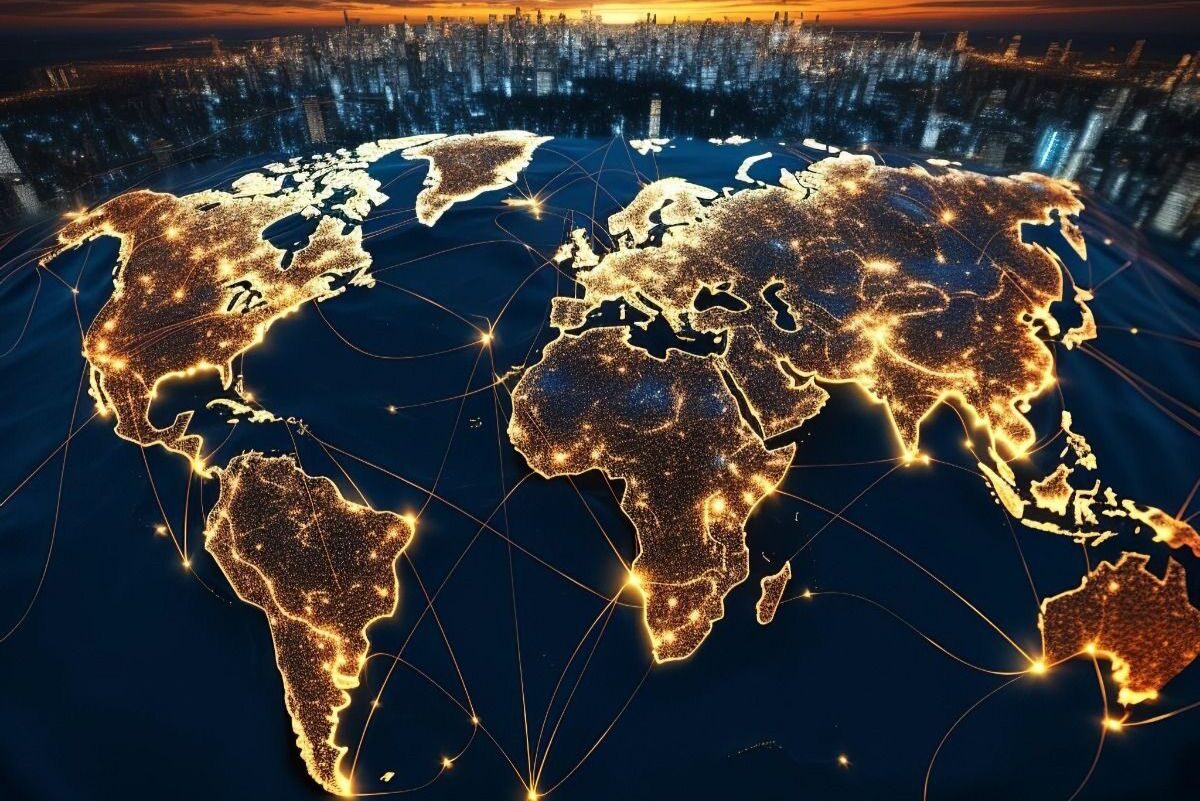
Ready to peek over the horizon? The world is moving faster than ever, and the next century isn’t just a distant date, it’s a vibrant, shifting reality children born today may live to see. Based on today’s trends and expert forecasts, here are 30 ways life could change in the next 100 years, painting a picture of a future that’s plausible, exciting, and perhaps even a little unsettling.
1. AI Becomes as Common as Smartphones
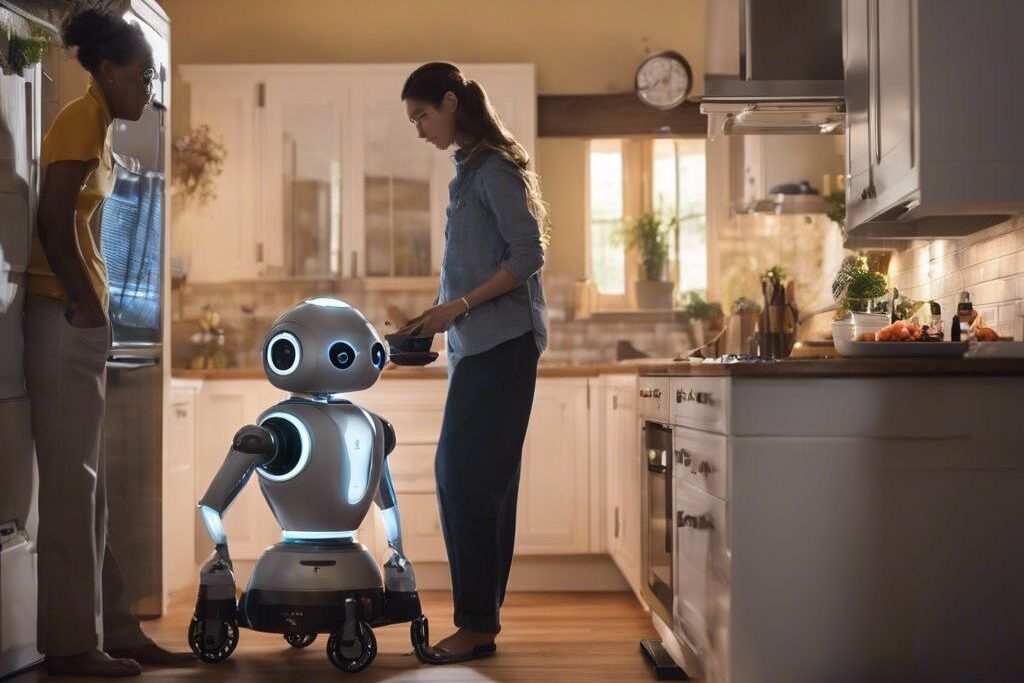
By the 2030s, expect a shift where personal AI assistants move from novelties to necessity, becoming integrated into every aspect of life much like the smartphone is today. This AI won’t just answer questions; it will proactively manage schedules, optimize work performance, handle mundane digital tasks, and even tutor children based on real-time learning gaps. For professionals, it could draft complex reports or analyze market trends instantaneously. This integration will make living without an AI feel cumbersome and inefficient, creating a society where AI literacy is as fundamental as reading. This development is already being driven by massive investment from major tech firms and the rapidly increasing power of machine learning models, leading many experts to predict it will be the most transformative technology of the decade.
2. Transportation Shifts Into Overdrive
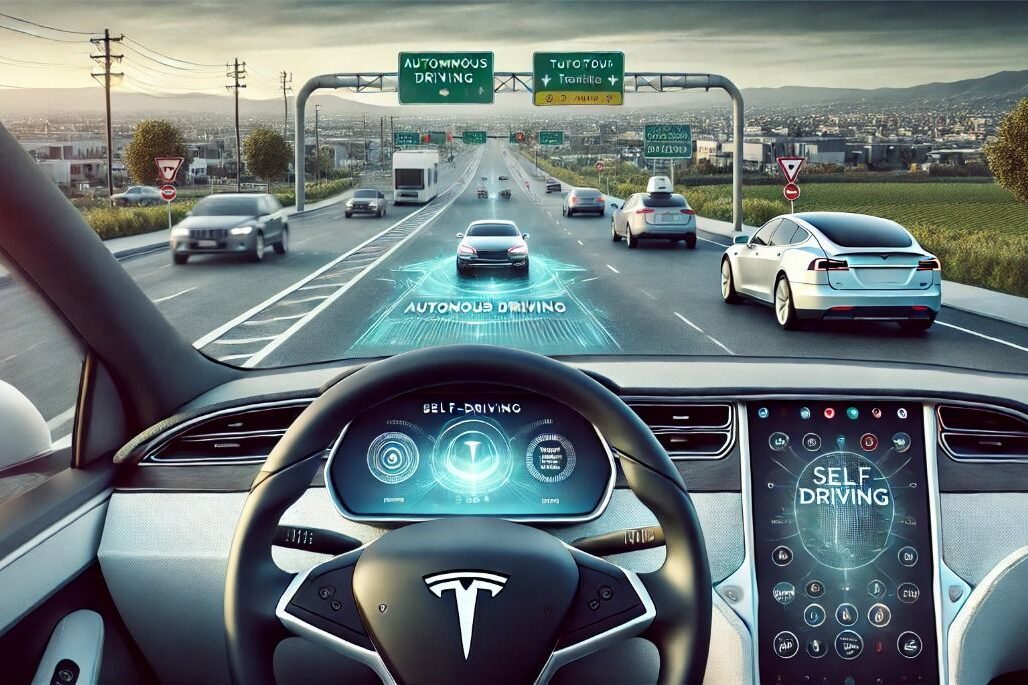
The current trend toward automation will culminate in self-driving cars dominating highways, fundamentally changing traffic flow and reducing accidents. Simultaneously, prototypes of advanced transit systems like hyperloop trains will begin to connect major city hubs, offering near-supersonic ground travel. In urban centers, the dream of flying taxis (eVTOLs) will start to materialize, offering fast, point-to-point air travel for a fee. This combined transformation will see a major decline in private car ownership, especially in cities, as on-demand, autonomous fleet services become cheaper and more convenient. This change is being powered by advances in battery technology, sensor fusion, and sophisticated AI navigation, promising a less congested and more efficient future for travel.
3. Food Reinvents Itself
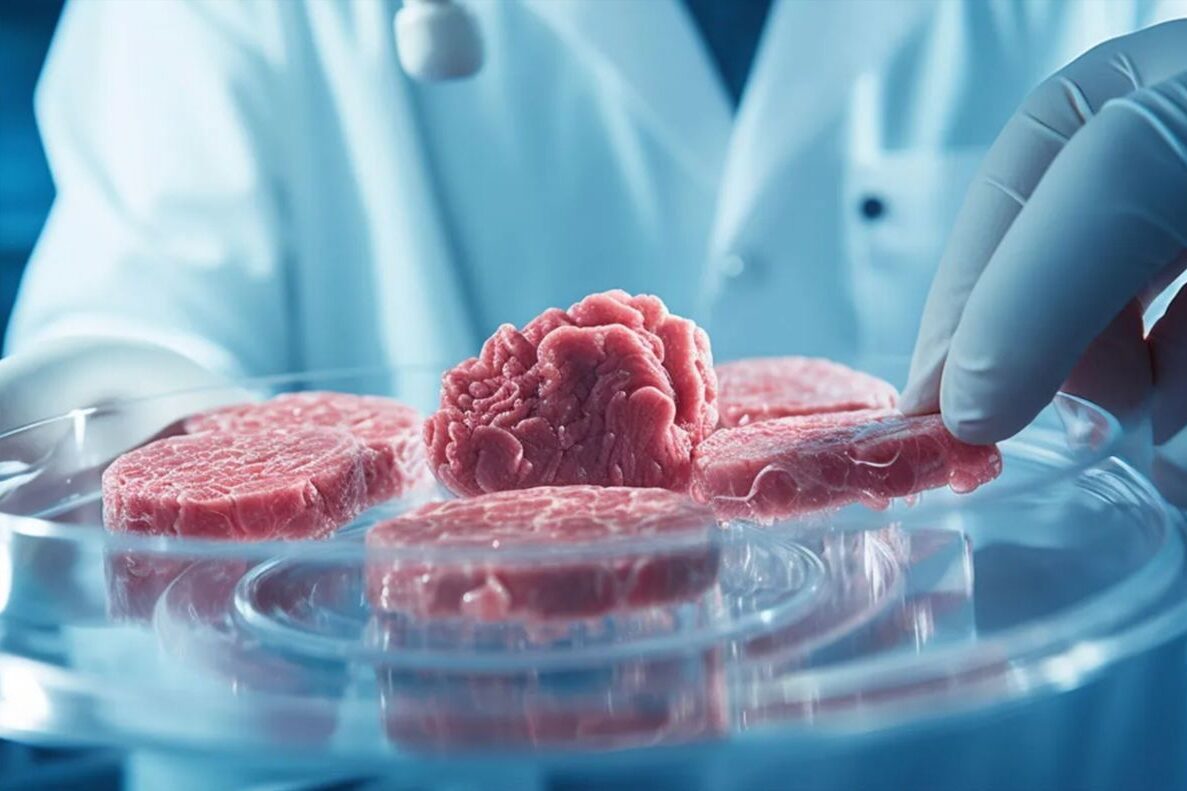
The global demand for sustainable and ethical food production will drive lab-grown meat and plant proteins into the mainstream. This shift is not merely for novelty; it’s a necessary response to the climate crisis and the inefficiencies of traditional animal agriculture. By the late 2030s, meat cultivated from cells in bioreactors will offer a virtually indistinguishable alternative to conventional beef or chicken, but at a fraction of the environmental cost. As production scales up and costs drop, “real” animal products may become a niche luxury good, prized for tradition but impractical for mass consumption. This trend is bolstered by breakthroughs in cellular agriculture and a growing consumer awareness of the environmental footprint of their diets.
4. Climate Protests Turn Into Laws
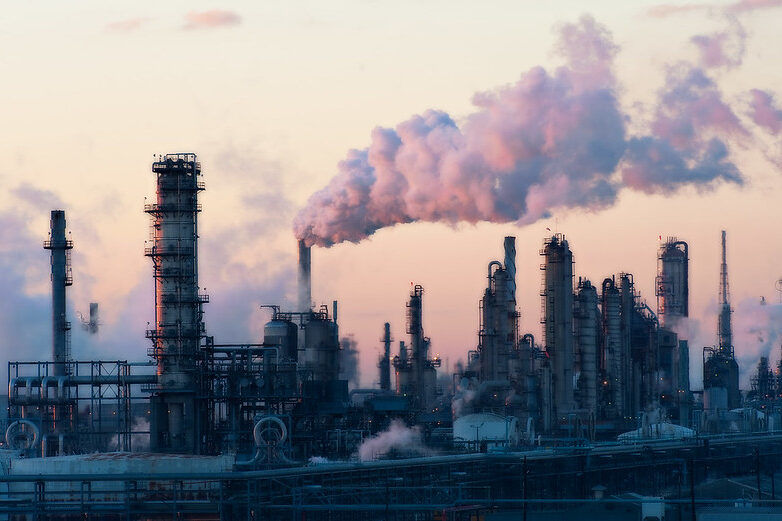
Facing undeniable climate evidence and mounting public pressure, governments worldwide will transition from mere promises to drastic legislative action on carbon emissions. This will involve introducing robust carbon taxes, outright bans on high-polluting industries, and unprecedented massive investments in clean energy infrastructure. The global economy will visibly start to decarbonize, with renewables like solar and wind becoming the primary power sources. Economically, this reshapes energy, manufacturing, and transportation, creating new ‘green-tech’ sectors and phasing out legacy fossil fuel industries. This is an acceleration of current policy trends and the growing consensus that incremental change is no longer sufficient to meet climate goals.
5. Healthcare Becomes Predictive
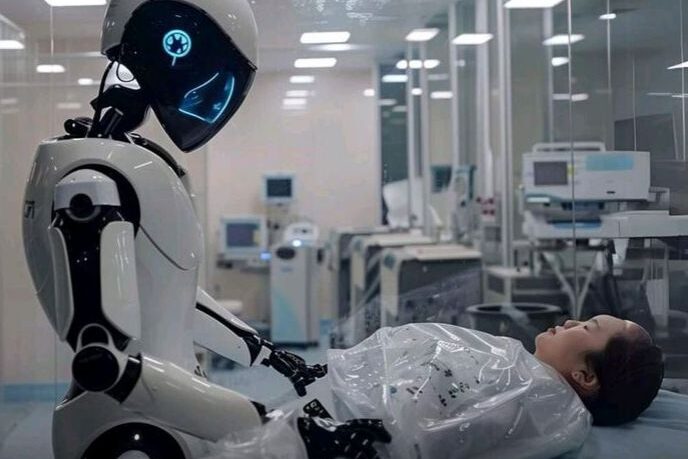
The marriage of wearable technology and AI diagnostics will transform healthcare from a reactive system into a proactive, predictive one. Tiny, continuous health monitors and smart clothing will track biomarkers, heart rate variability, glucose levels, and even early signs of inflammation in real-time. AI doctors will analyze this data constantly, identifying pre-symptomatic patterns of illness, allowing for intervention weeks or months before a condition fully manifests. This means illness will be managed constantly, like a background process, rather than only treated when symptoms become severe. This shift is already being catalyzed by genetic sequencing advancements and the power of machine learning to parse complex biological data.
6. Streaming and Social Media Reshape Culture

The digital landscape will undergo a massive generational shift as younger generations abandon legacy platforms for more private, personalized, and immersive online spaces. Entertainment will become fully on-demand and hyper-personalized, with algorithms curating not just what you watch, but the entire narrative flow of your digital experience. This will accelerate the trend of people living within increasingly personalized digital bubbles or “filter bubbles,” where their news, views, and social interactions are carefully tailored, leading to more fragmented cultural conversations and niche digital communities. This evolution is driven by the desire for deeper immersion and a retreat from the large, sometimes toxic, public squares of early social media.
7. Cities Adapt to Survive
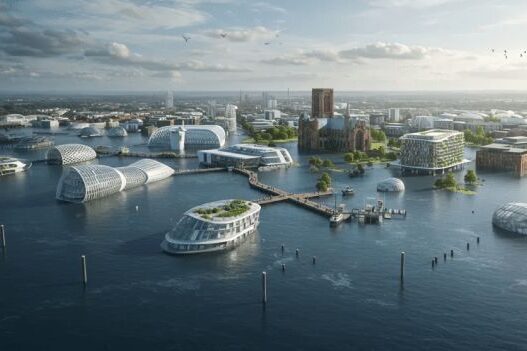
In response to increasingly severe weather events, megacities will introduce dramatic adaptive infrastructure. This includes localized climate domes to protect key urban areas from extreme heat or cold, the development of floating neighborhoods as a defense against sea-level rise, and sophisticated underground layers for transportation, utilities, and even living spaces. The design of cities will pivot from being purely functional to fundamentally resilient. This ambitious engineering is seen as a necessary cost to maintain economic centers, driven by advancements in material science and geo-engineering.
8. Work Gets Automated
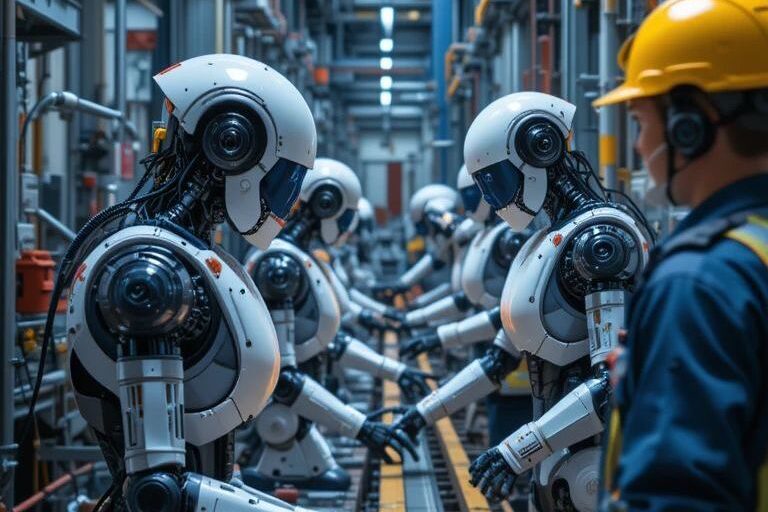
The widespread adoption of sophisticated AI and robotics will lead to the automation of the vast majority of routine, repetitive, and dangerous jobs, both white-collar and blue-collar. Tasks like data entry, assembly line work, logistical planning, and basic legal research will be taken over by machines. As a result, governments will be compelled to seriously experiment with forms of universal basic income (UBI) or universal basic services to support populations no longer necessary for the mechanized economy. The human workforce will pivot, focusing on uniquely human skills: creativity, complex leadership, ethical oversight, and interdisciplinary problem-solving.
9. Schools Go Virtual and Immersive
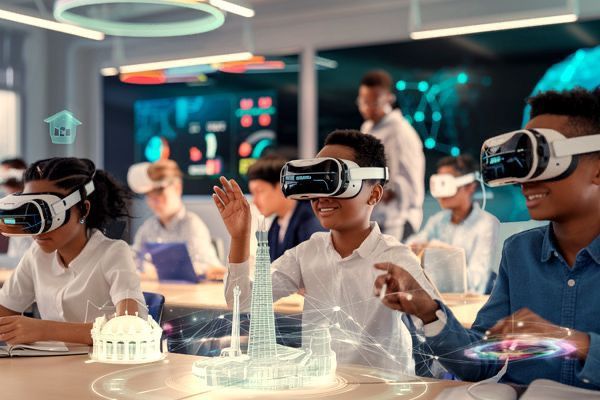
The traditional classroom will be augmented, or in many cases replaced, by fully virtual and immersive learning environments. Children will don advanced VR/AR gear to learn history by walking through a lifelike simulation of Ancient Rome, conduct complex, risk-free chemistry labs in a digital space, or practice surgical techniques with haptic feedback. This level of lifelike precision and personalization will allow education to be tailored to each student’s pace and style. This shift leverages rapid advancements in virtual reality technology, making high-quality, simulated education accessible regardless of geography.
10. Families Reach the Moon
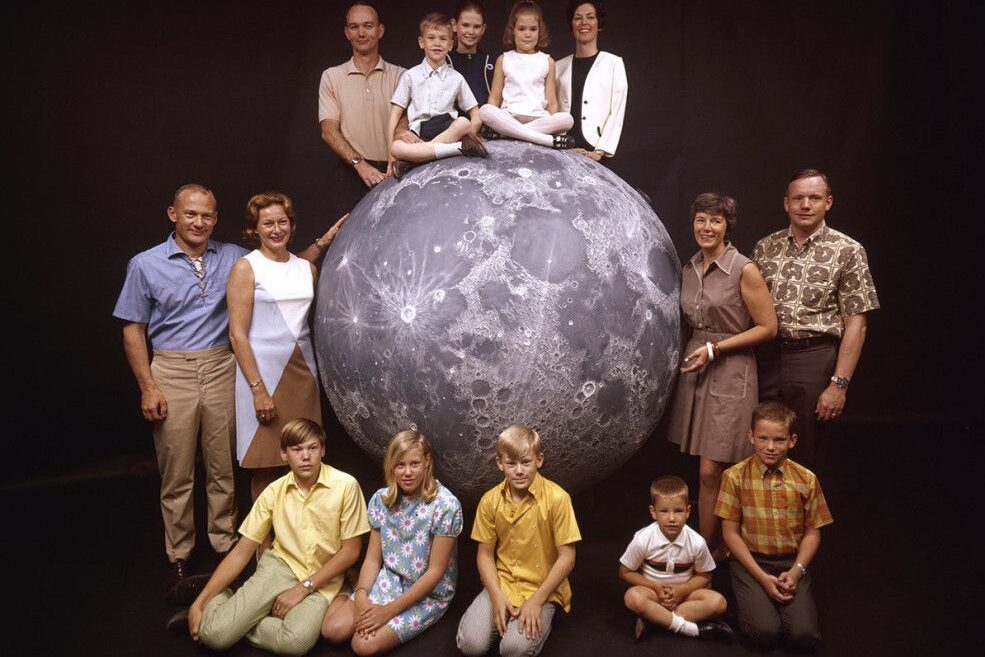
Space exploration will transition from a purely governmental or scientific pursuit to a commercial one. By the 2040s, early colonies on the Moon will grow beyond simple research stations. Private companies will establish permanent, pressurized habitats, allowing the first non-specialist families to move in. This will mark the beginning of true off-Earth communities, initially small but permanent, establishing rudimentary infrastructure like lunar farming and resource extraction. This expansion is currently being fueled by the commercial space race and breakthroughs in closed-loop life support systems.
11. Entertainment Merges With Reality
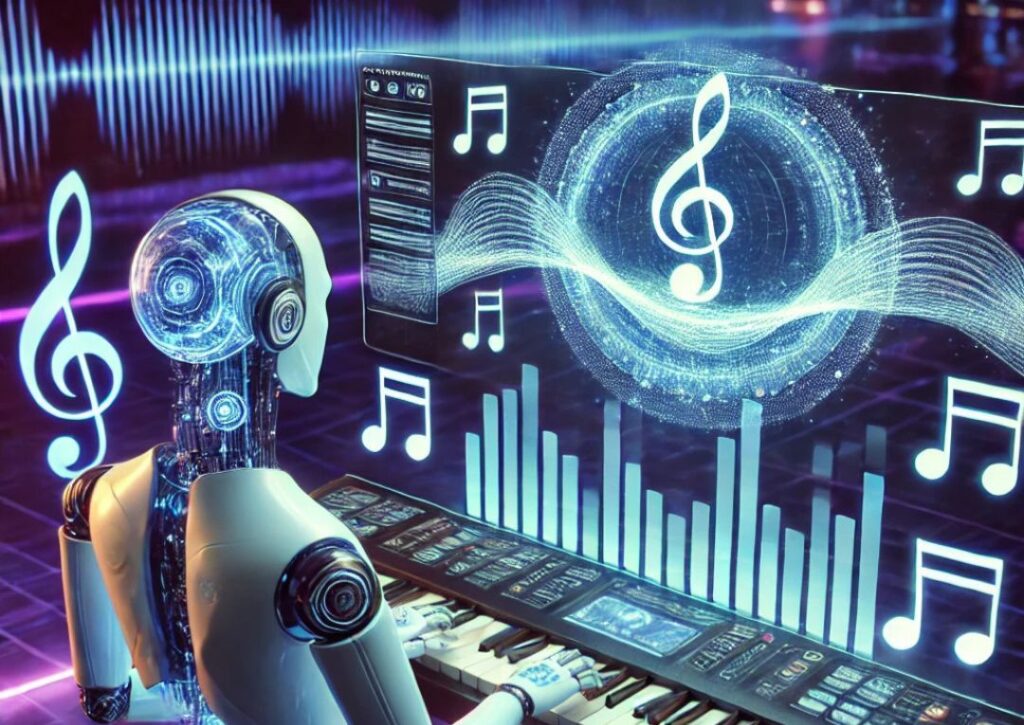
Augmented Reality (AR) will evolve from simple phone overlays to seamless integration with daily life, often through sophisticated, near-invisible smart glasses or contact lenses. This allows virtual experiences to blur the line with reality. AI could compose songs for musicians and people could spend their day ‘living inside’ alternate realities, a work environment that appears as a tropical beach or a walk home enhanced by a personal, interactive digital narrative. Persistent, shared virtual worlds will overlay the real one, making it possible to have an entirely new, digitally enhanced experience of the world. This is driven by the demand for more immersive social and entertainment experiences than current 2D screens can provide.
12. Energy Systems Begin to Transform
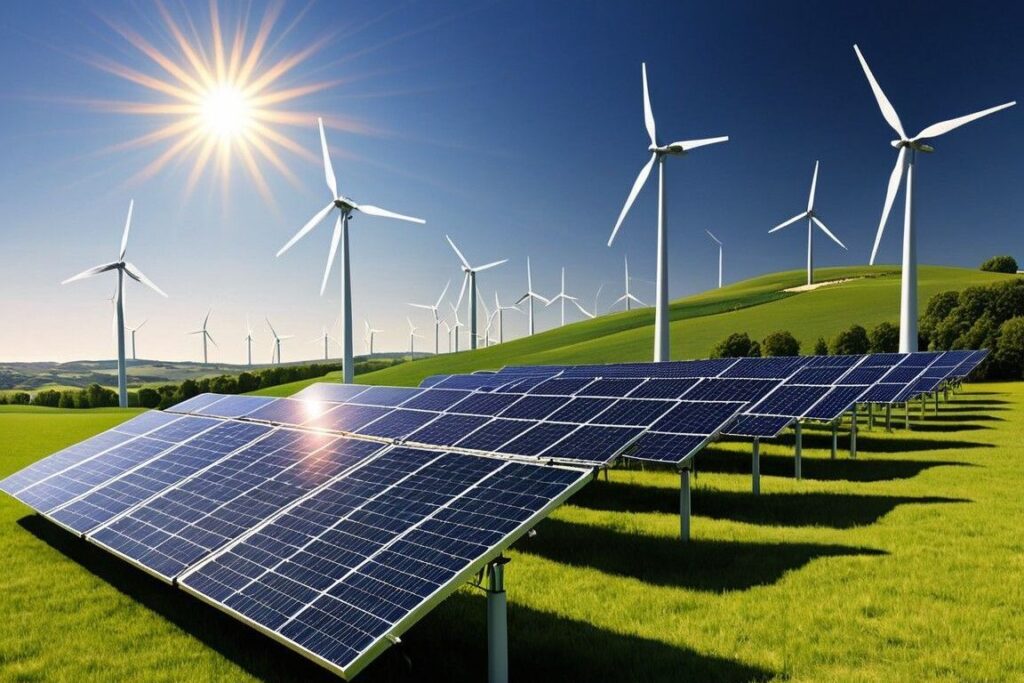
Driven by the 2030s climate laws, Solar, wind, and early fusion prototypes will start powering entire regions, finally making significant inroads in phasing out legacy fossil fuels. Large-scale energy storage, such as massive battery farms or compressed air storage, will solve the intermittency problem of renewables. Crucially, the first few fusion power plants will move from experimental status to initial grid contribution, promising an almost limitless source of clean, cheap energy. This energy transformation will be a major geopolitical shift, diminishing the power of nations reliant on fossil fuel exports.
13. Travel Becomes Near-Instant
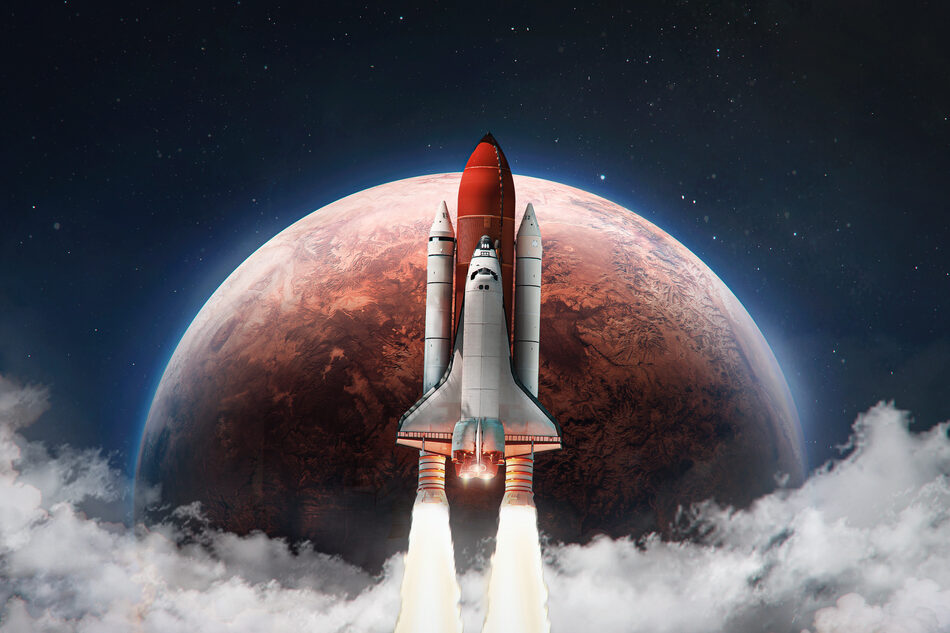
Advanced transport technologies, including high-speed spaceplanes operating on suborbital trajectories and vacuum-tube trains, will dramatically shrink global travel times. Suborbital spaceplanes could carry passengers from London to Sydney in under two hours, while train vacuum-tube systems could connect continents at speeds nearing 4,000 mph. The goal is to make crossing oceans a sub-hour affair, effectively eliminating jet lag for intercontinental travel. While initially expensive, these technologies will revolutionize global business and tourism, making the world feel significantly smaller and more interconnected.
14. Food Security Is Solved

The agricultural revolution of the 2030s will mature, leading to global food security for billions. Highly efficient, multi-story vertical farms located within urban centers will drastically reduce transportation costs and the need for pesticides, providing fresh produce year-round regardless of climate. Coupled with lab-grown protein reaching price parity with traditional meat, the need for vast traditional farmland will shrink. This will free up significant land for rewilding efforts, as cities grow upward and utilize indoor, controlled environments for food production.
15. Governments Lean on AI
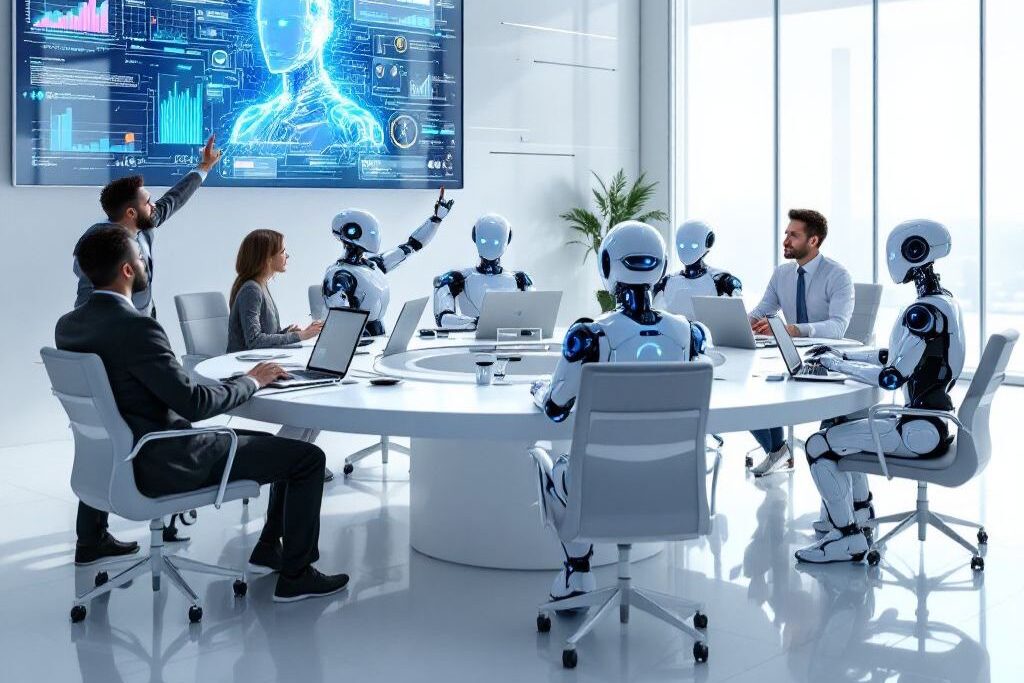
In a push for efficiency and resource optimization, some forward-thinking nations or city-states will allow AI systems to manage complex administrative tasks. This includes optimizing national budgets, directing resource allocation (like water or energy), and even generating initial drafts for court rulings or legislative text. This introduces a profound debate about control versus fairness. Proponents argue AI eliminates human bias and corruption, while critics warn about the lack of accountability and the possibility of algorithmic bias becoming institutionalized at the highest levels of governance.
16. Mars Gets Its First Families
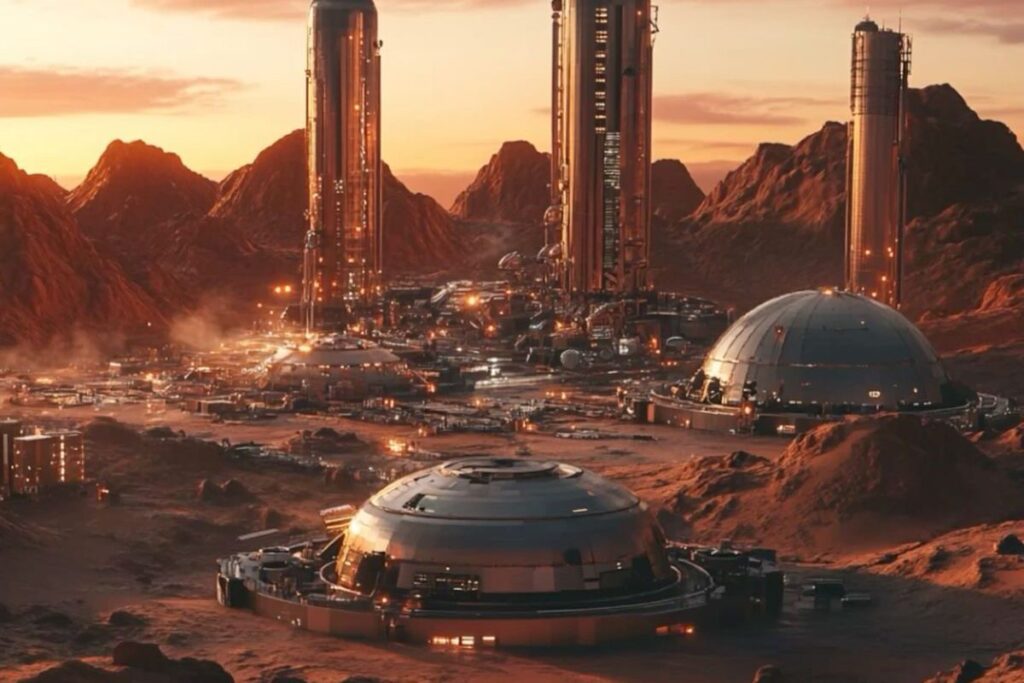
Following the lunar expansion, the focus will shift to establishing a more substantial, self-sustaining presence on the red planet. By the 2060s, a small but permanent town on Mars will be a reality. This will move beyond a purely exploratory effort to one where children grow up never having set foot on Earth. These settlers will live in pressurized habitats, utilizing Martian resources (like water-ice) and establishing a distinct, hardy, off-world culture. This endeavor is a multi-national effort, relying on major breakthroughs in radiation shielding and Martian resource utilization (ISRU).
17. Religion Expands to Space
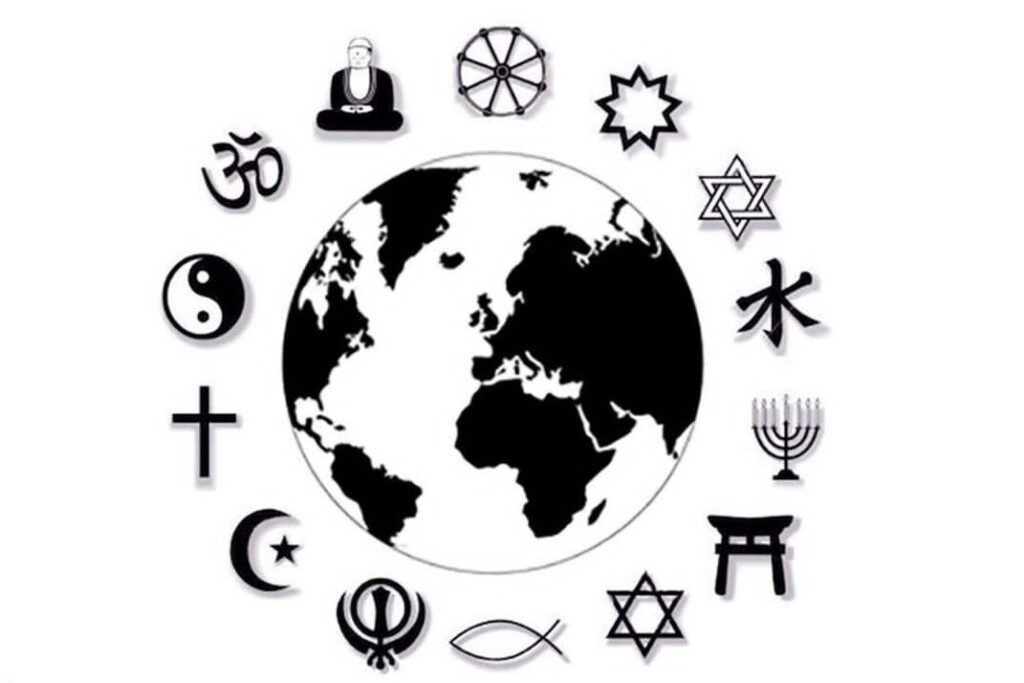
As permanent communities take root on the Moon and Mars, major world religions will have to adapt their rituals, theology, and traditions to interplanetary life. Questions around holy days, directional prayer (if any), and sacred sites will be debated and redefined. New rituals may emerge tied to the celestial cycles of the new worlds. This expansion represents a fascinating intersection of science and spirituality, ensuring that faith continues to provide cultural and moral structure for those living off-world.
18. Climate Migration Redefines Nations
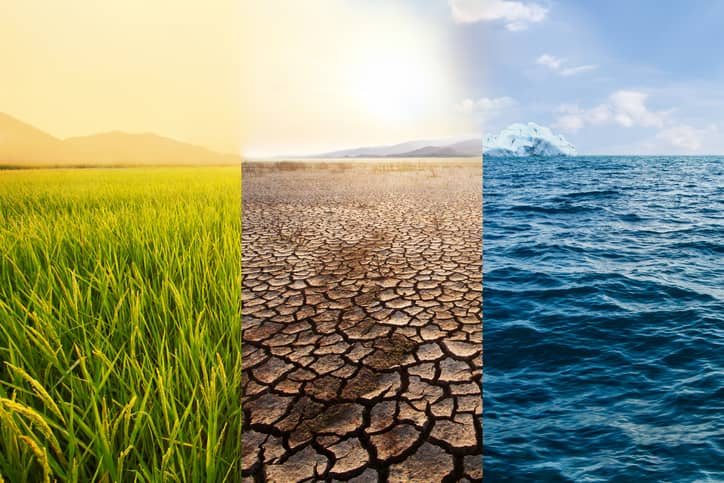
The cumulative effects of climate change, specifically accelerated sea-level rise and extreme heat, will lead to large-scale, unavoidable climate migration. Entire coastal populations will be forced to move inland or across international borders. This massive human movement will profoundly redefine national boundaries and demographics. In some cases, displaced groups may pool their resources and form entirely new, multi-ethnic “climate nations” or specialized resettlement zones, forcing international law to adapt to the concept of the climate refugee.
19. Lifespans Pass 120 Years

Revolutionary advances in genetics, personalized medicine, and senolytics (drugs that clear senescent or aging cells) will achieve a breakthrough, resulting in a healthy, active human lifespan extending beyond 120 years. Medical science will effectively manage or cure major age-related diseases like Alzheimer’s, heart disease, and many cancers. This longevity will create enormous societal impacts on retirement, intergenerational dynamics, and career structures. People will have the realistic expectation of seeing their great-great-grandchildren grow up, fundamentally altering the human concept of a life cycle.
20. Consciousness Gets Backed Up

The quest to understand and replicate the human brain will lead to significant strides in mind uploading experiments, moving the concept from pure theory to early practice. Scientists will achieve the capability to create a detailed, high-fidelity digital copy of a person’s consciousness, initially for research but with profound ethical implications. This technology will spark the ultimate philosophical and legal debate: Is a digital copy truly “them?” The legal rights and ontological status of these digital beings will become a central political and cultural issue.
21. Wars Are Fought by Machines
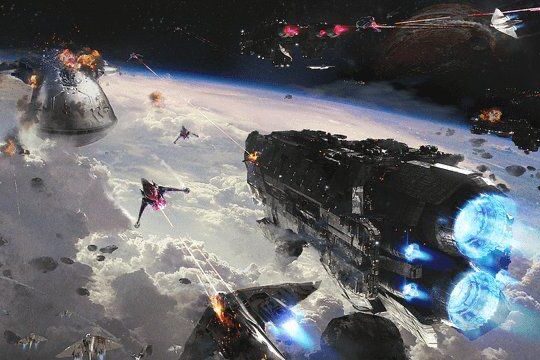
The nature of conflict will shift dramatically as the cost and risk of human life in combat become ethically and politically untenable. Cyberwarfare and highly autonomous drone conflicts will dominate, moving at machine speeds too fast for human reaction. Human soldiers will become rare on the front lines, replaced by sophisticated, networked, autonomous combat systems. The challenge will pivot to ensuring that these AI systems adhere to the laws of war, necessitating a new branch of military ethics, Robo-ethics.
22. Wildlife Is Re-Engineered
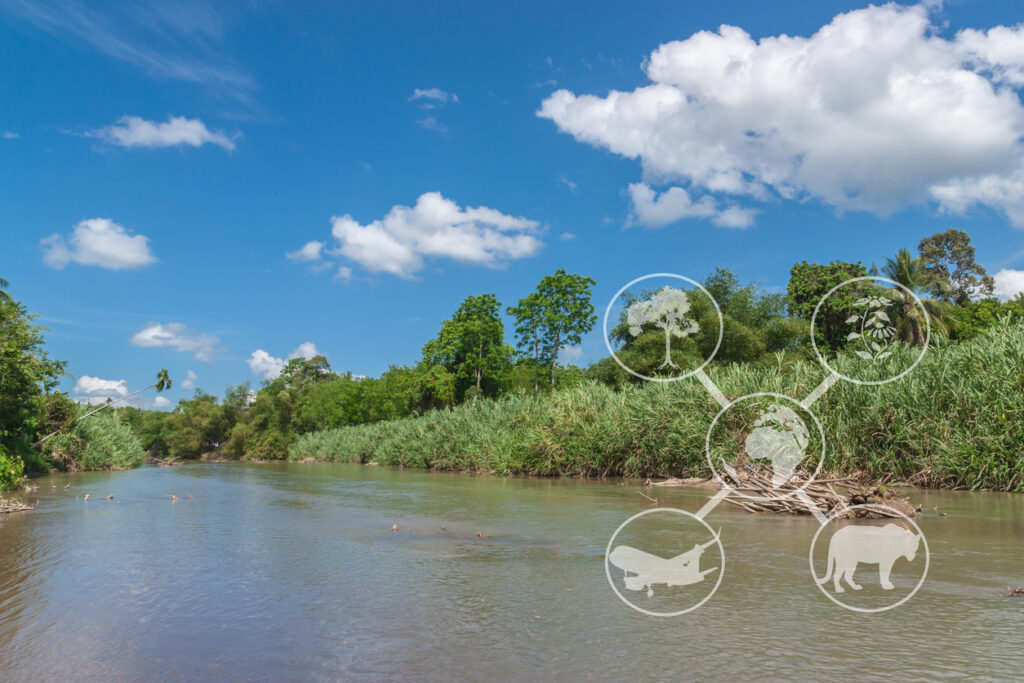
Facing mass extinction, conservation efforts will embrace radical technology. Species are revived (de-extinction) through genetic engineering, and existing endangered species will be altered or enhanced to rapidly adapt to a warming planet or new diseases. This will also extend to companion animals, with pets potentially living for decades longer than they do now due to gene therapy and advanced veterinary care. This will lead to complex ethical debates about humanity’s role as a steward and manipulator of the natural world.
23. Identity Becomes the Big Debate
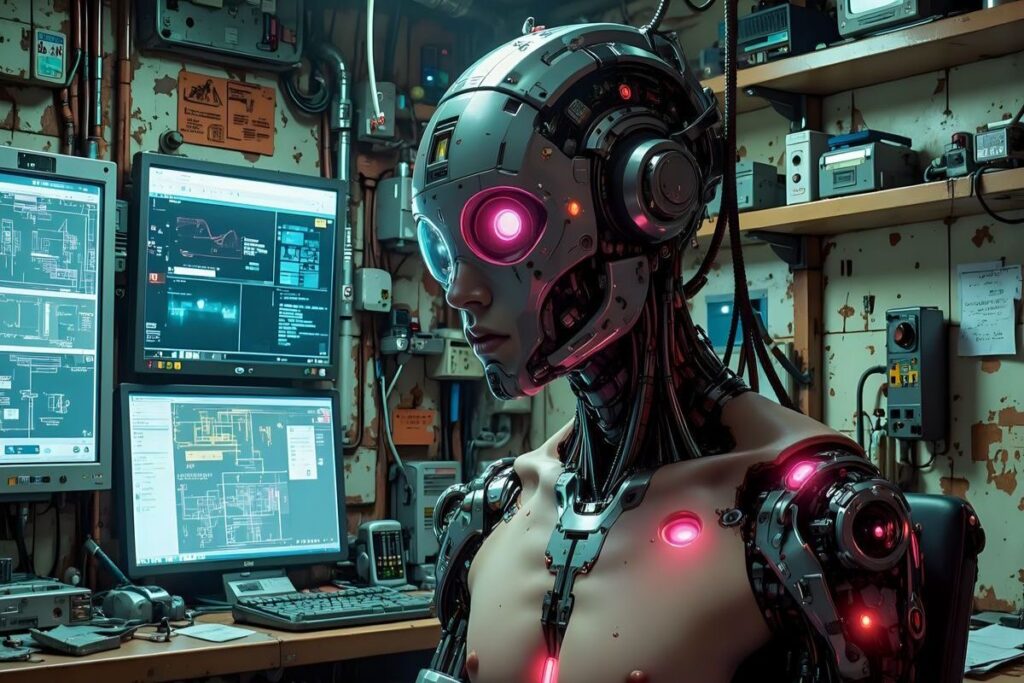
The increasing capability of human enhancement will create a profoundly diverse human population. Natural humans (those who opt out of major augmentation), enhanced cyborgs (people with extensive neural, mechanical, or genetic upgrades), and sophisticated digital beings (uploaded or AI-born consciousnesses) will all co-exist. The central political struggle of the era will be defining who qualifies as a “real person” and what rights they possess, challenging the core of democratic and legal systems.
24. Earth Becomes Partially Rewilded
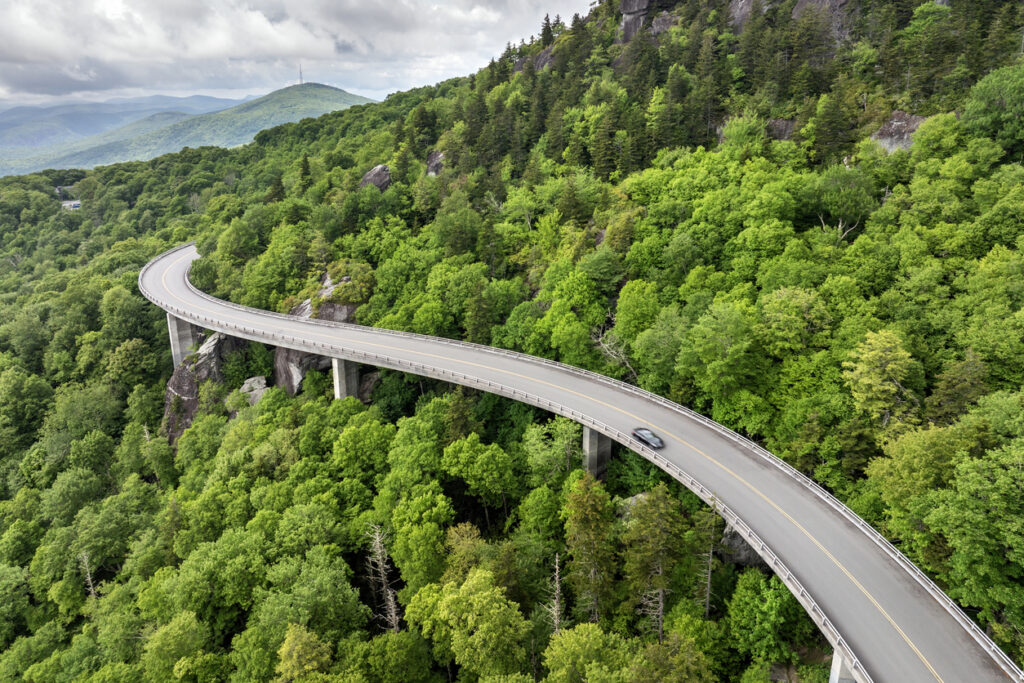
As megacities continue to expand upward and consolidate populations, and with vertical farming reducing the need for sprawling agricultural land, abandoned or reclaimed land will return to nature. This systematic effort will lead to vast areas being partially rewilded, creating new, expansive forests and thriving ecosystems. This “re-greening” will be a key strategy for sequestering carbon and restoring biodiversity, reversing some of the ecological damage of the 20th and 21st centuries.
25. Interplanetary Travel Becomes Routine
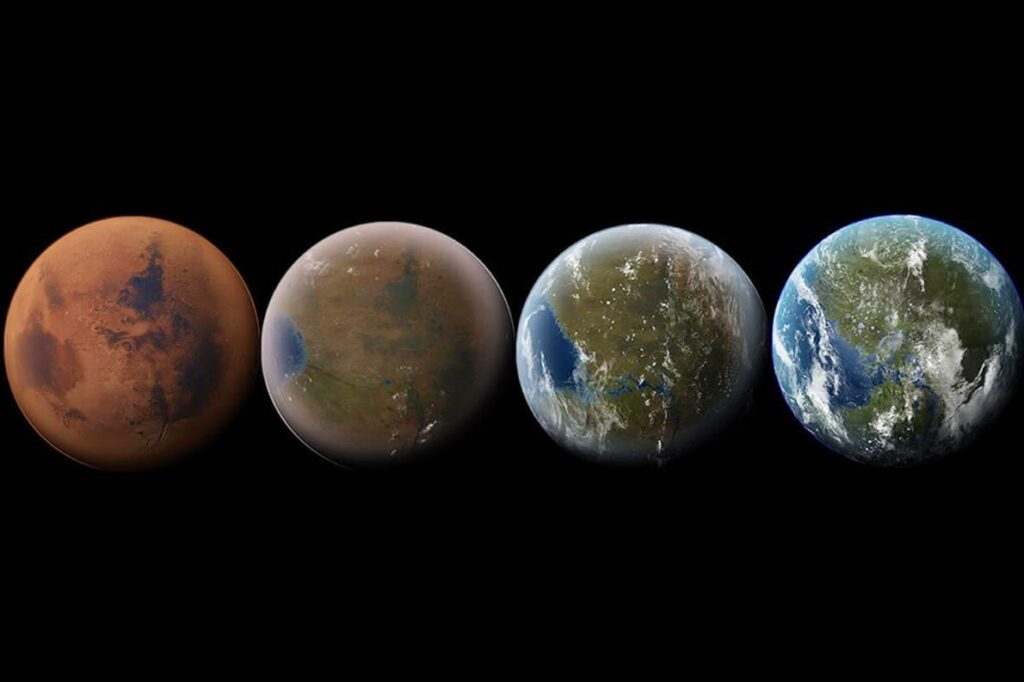
Following decades of Martian and Lunar colonization, the travel infrastructure will mature. Trips between Earth, the Moon, and Mars will become a routine, though still costly, affair, comparable to international flights today. Large, reusable ferry ships will move cargo and passengers, creating a genuine cislunar and interplanetary economy. While not yet mass tourism, this routine travel will cement humanity as a multi-planetary species.
26. Mars Cities Begin Thriving
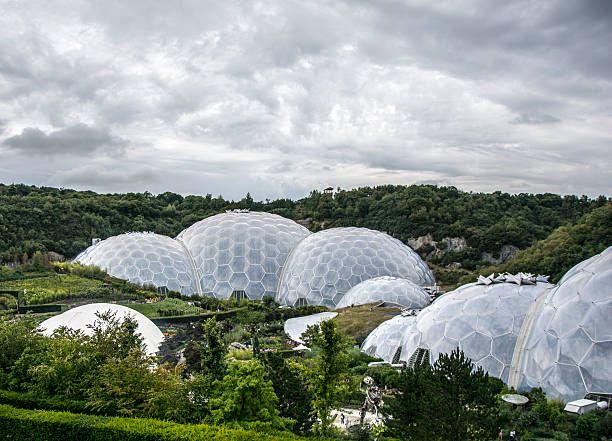
By the 2100s, the Martian colonies will have grown into genuine, functioning cities. These environments may be partially terraformed (slowly altering the environment to be Earth-like) or, more likely, covered in a network of giant, pressurized domes and subterranean habitats. These cities will house tens of thousands, possessing their own distinct architecture, food sources, and a completely new Martian culture, one built on resilience, collaboration, and a unique perspective on human history.
27. Phones Disappear Into Daily Life

The idea of holding a separate handheld device for communication will become obsolete, as outdated as the telegram. By 2125, the function of the smartphone will be invisibly integrated into the environment and the body. Communication could be built into smart contact lenses, advanced neural implants, or sophisticated, always-on environmental sensors. This integration will make connection and access to information effortless and invisible, turning thought into action and information into immediate experience.
28. Fusion Powers Civilization
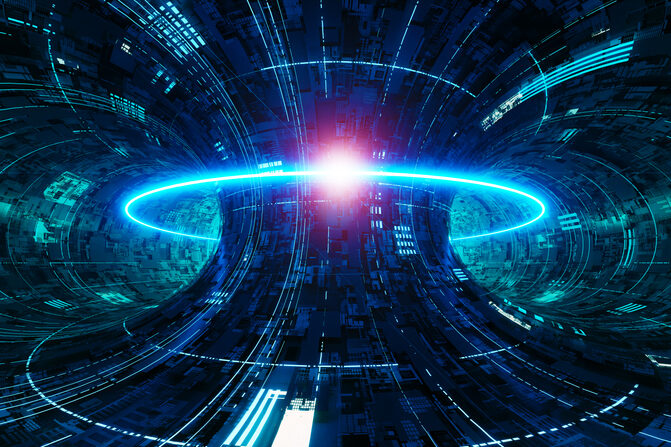
Decades of research will pay off, leading to Fusion power becoming the dominant global energy source. This provides energy that is virtually limitless, clean, and cheap. Alongside advanced orbital solar farms, this shift will finally end the civilization’s reliance on fossil fuels forever, leading to the end of energy scarcity as a major geopolitical issue and fundamentally changing global political power structures. Access to near-free, clean energy will unleash a new wave of industrial and technological advancement.
29. Death Becomes a Choice
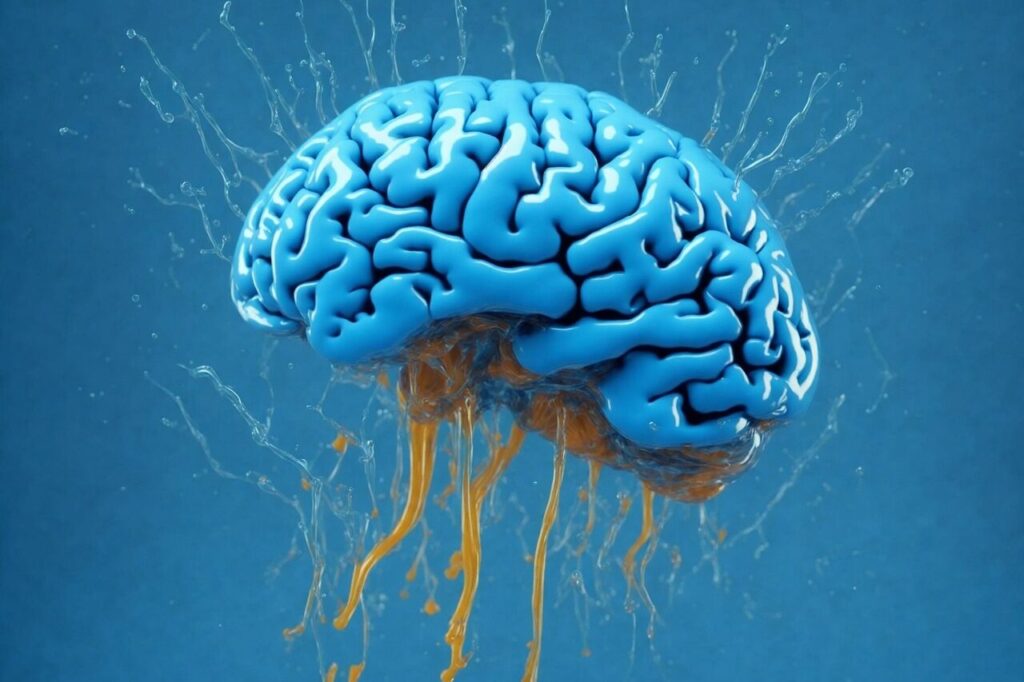
Thanks to mature medical technologies like complex organ regrowth, advanced cellular repair, and the option for consciousness transfer into synthetic or enhanced bodies, biological death will largely become a manageable problem. This capability will make it theoretically possible to live indefinitely. Society will fracture over the moral and practical implications: some will choose technological immortality, continuously upgrading and extending their lives, while others will opt for a more natural, if extended, lifespan, embracing the cycle of life and death.
30. Humanity Prepares for the Stars

As the ultimate grand project, humanity will leverage its mastery of fusion energy and advanced material science to launch its first true interstellar missions. These long-duration vessels, likely carrying a mix of cryogenically preserved and digitally uploaded humans, will head beyond our solar system toward nearby stars. This is not a colonization effort but a scientific one, the beginning of humanity’s chapter as an interstellar species, ensuring the long-term survival and spread of human knowledge.
This is the plausible, scientifically grounded tapestry of our future. It’s a world where the impossible becomes the routine, and the pace of change will be faster than any generation before. What part of this new world are you most curious to witness?
This story 30 Ways Life Could Change in the Next 100 Years was first published on Daily FETCH


